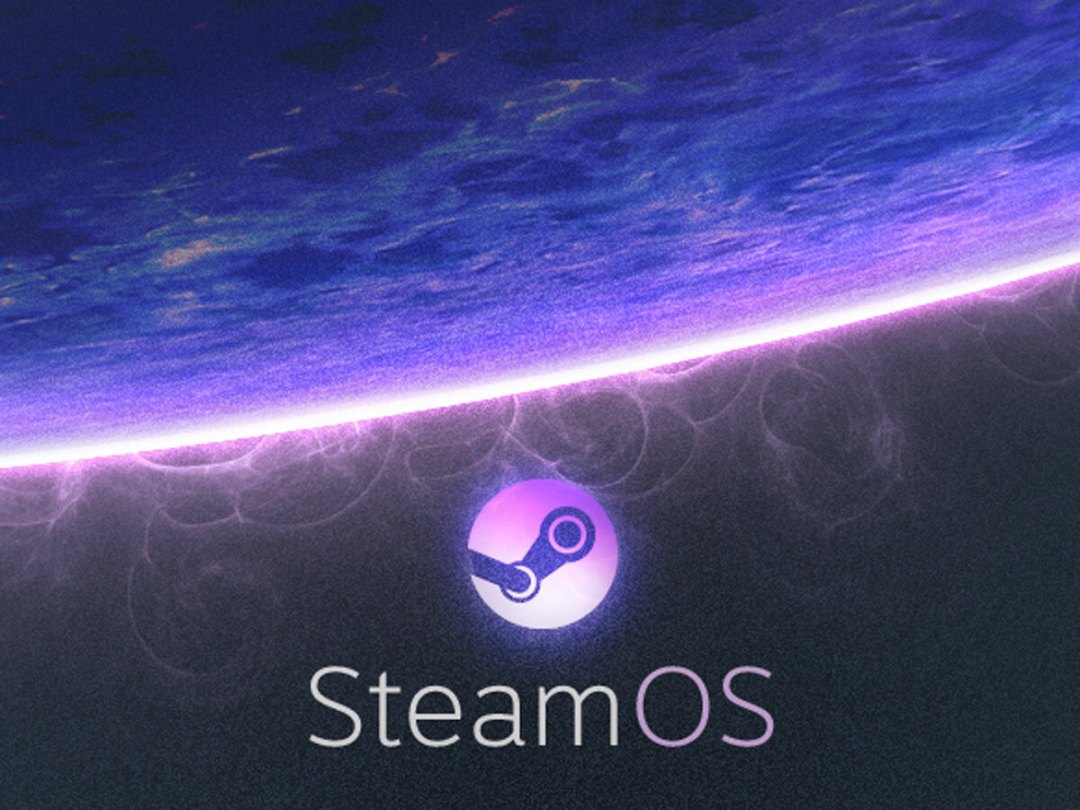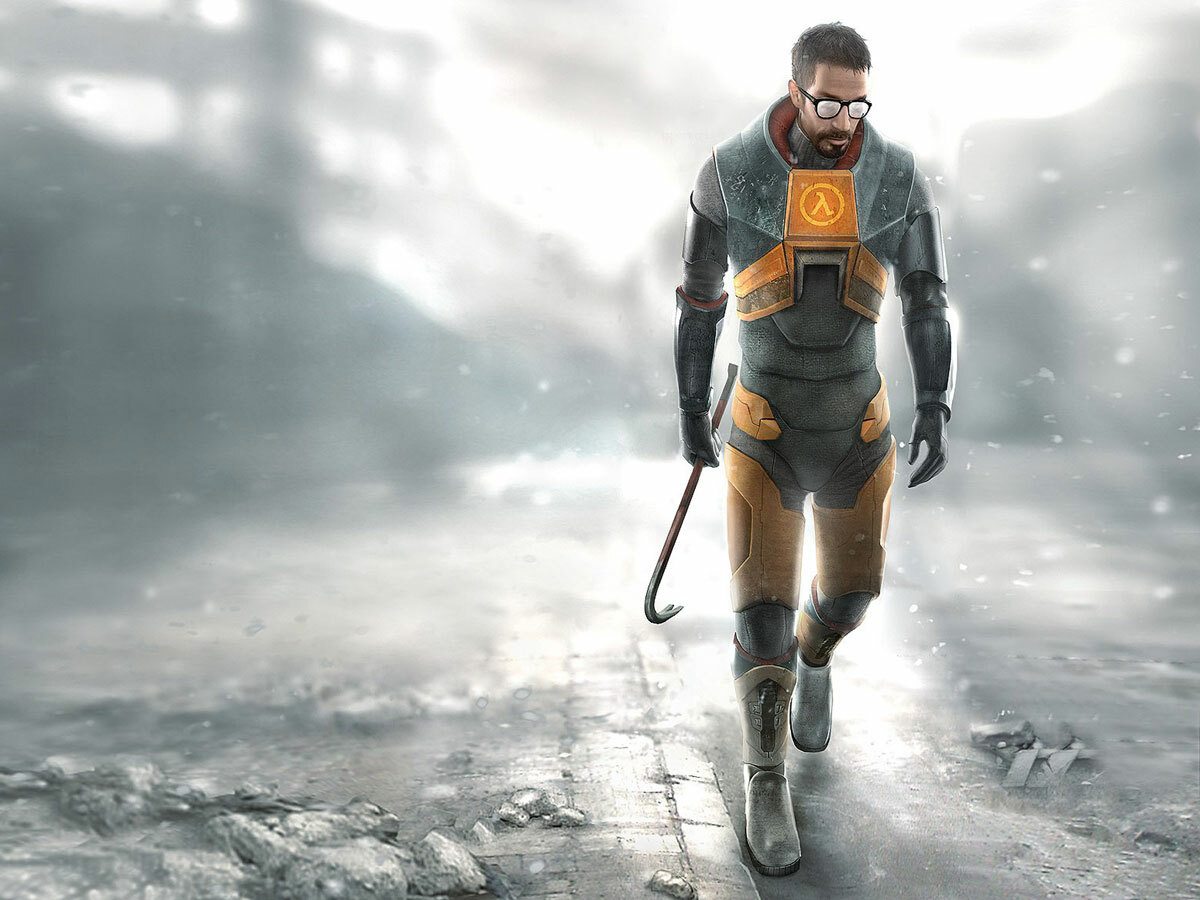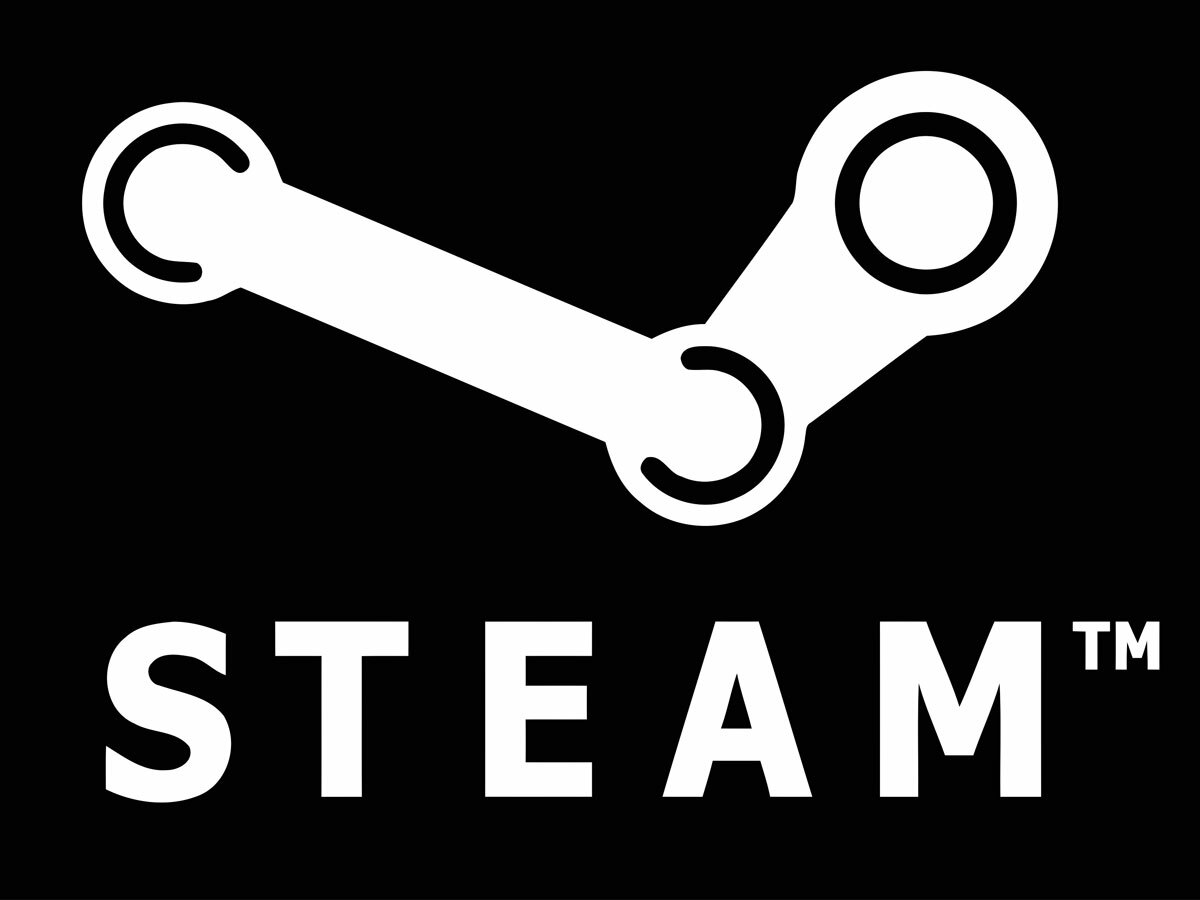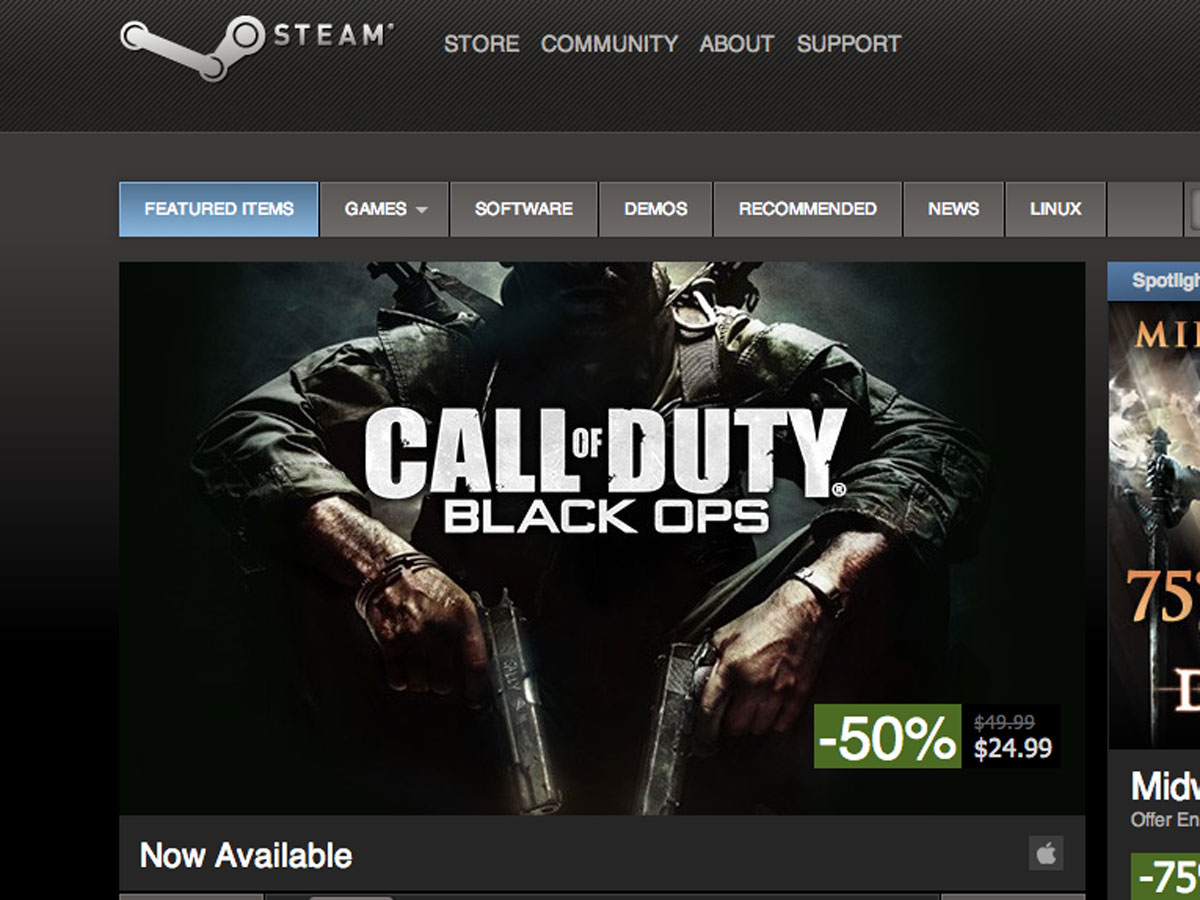SteamOS: why your next must-have console might be a PC
With Valve’s new platform, PC gaming will finally find a proper place in the living room

Yesterday Valve revealed SteamOS. And with it, for the first time, it feels like a developer is on the verge of pulling off what no other company has ever done before: making living room PC gaming popular.
For years, PC hardware and software companies have been trying to coax PC gamers into the living room. Look at our new case, controller or interface, they say: this is the thing that will convince you to shift your computer from that desk in the spare bedroom to the spot on the floor next to your HDTV, your Sky box and your DVD player.
A living room PC with a console approach

But none of them has succeeded. Despite the repeated, desperate claims of a vocal minority of PC gamers, consoles have always worked better in the living room environment: out of the box they’re simpler; they don’t require a keyboard; their UI looks better from the sofa; and they’re cheaper. Yes, you can build or buy a PC that ticks all the necessary boxes, but it requires effort, research and money – more money than you’d pay for a PlayStation 3 or Xbox 360.
You can wander into any high street shop and pick up one of those for under £200, take it home, plug it into your telly and have a game up and running in 10 minutes. Could you do that with a PC? Could your dad? Your 10-year-old cousin?
But it doesn’t have to be that way. There’s an opportunity to seize here, and Valve seems like the only company committed to grasping the nettle. SteamOS is free, open source and can be installed on pretty much any PC. It’ll likely offer a user interface similar to Steam’s Big Picture mode (designed for TVs and gamepads, with simplified controls and large icons that can be seen clearly from the sofa).
The Linux factor
And crucially it’s based on Linux and, unlike Windows or Mac OS, it’s designed for a small and specific set of purposes: playing games, allowing users to buy and download games, and a bit of media streaming. Valve claims that graphics processing is better on SteamOS (we assume the company means in comparison to Windows and Mac OS) and that audio performance and reductions in input lag will be too.
This should help maximise the performance of hardware components, allowing developers to wring better graphics and sound out of cheaper machines – much like they already do with consoles. Nobody doubts that today’s PCs can blow today’s consoles away when it comes to graphics and sound, but you have to pay a significant premium for that – with SteamOS, that should change.
We don’t know what the hardware requirements for running SteamOS are yet, but Valve will almost certainly reveal its own “Steam Box” PC this week. The picture should be clearer then, and we’ll get an idea of the price too.
But what about game compatibility?
Valve says that developers are already working on SteamOS titles, but we don’t know which ones and how many. One thing the company has said is that Windows and Mac OS games purchased on Steam can be run through any SteamOS computer via home streaming: you start up the game on your Mac or Windows machine and can then play it in the living room through a SteamOS PC. Good to know for anyone with a huge existing library of titles.
SteamOS is still Steam
Crucially, SteamOS won’t change any of the great things about Steam. The cheap (frequently hugely discounted) games, for instance. If you’re a console gamer, take a look at the Steam store and marvel at how affordable everything seems in comparison to console games – so affordable, in fact, that despite being a wholly digital distribution channel, Steam is never accused of corporate-friendly profiteering as Microsoft was when it announced its original, since-changed plans for how games would work on the Xbox One.
People are happy to buy games on Steam despite knowing that they can’t sell them on eBay afterwards. Why? Because they don’t feel like they’re being shafted by greedy corporations. Valve is so loveable that it’s even going to let you “lend” Steam games to up to ten friends for free through its Family Sharing feature. Would Microsoft have done the same with Xbox One games? We’ll never know for sure but we’d bet big that the answer is no.
Non-interactive entertainment
Today’s consoles are about more than just games, of course, and Valve is aware of that. SteamOS supports music, TV and movie streaming, and Valve says it’s “working with many of the media services you know and love”. We don’t know specifics yet but we’d say Netflix, Lovefilm/Amazon and Spotify are the keys.
The price needs to be right
In order to truly compete with existing living room games titans Sony and Microsoft, the Steam Box really needs to come in at an equal or lower price than the Xbox One and PS4. As well known as Valve is in gaming circles, the incumbents have an advantage in mainstream brand awareness and marketing clout. If SteamOS hardware that offers an equivalent experience to the Xbox One or PS4 starts at £500 or £600, it’s hard to see the casual gamer on the street picking one up, cheaper games or no.
A killer app?

Every new console platform features at least one killer exclusive to convince gamers that it’s worth buying over its rivals. The Xbox One has Titanfall, the PS4 Killzone: Shadow Fall. SteamOS will need one too – and it could be Half-Life 3. Yes, really.
Half-Life 3 is probably the most eagerly-awaited game of all time; there hasn’t been a new Half-Life game since 2007’s Episode 2, and the story of Gordon Freeman remains half-told (no pun intended). Valve hasn’t even confirmed that a new Half-Life title is in development, and there’s speculation that this caginess could be due to this bombshell: Half-Life 3 will be the SteamOS flagship title and the game that convinces wavering gamers to invest in a PC running the OS.
Valve has two more announcements to make this week. We’re hoping – nay, praying – that the first is a SteamOS-powered Valve-branded PC – and that the second is Half-Life 3. Keep your fingers, toes and crowbars crossed, folks.





